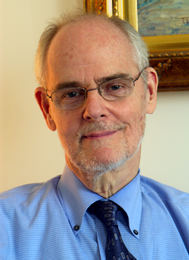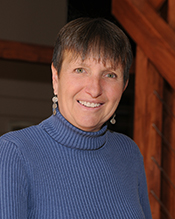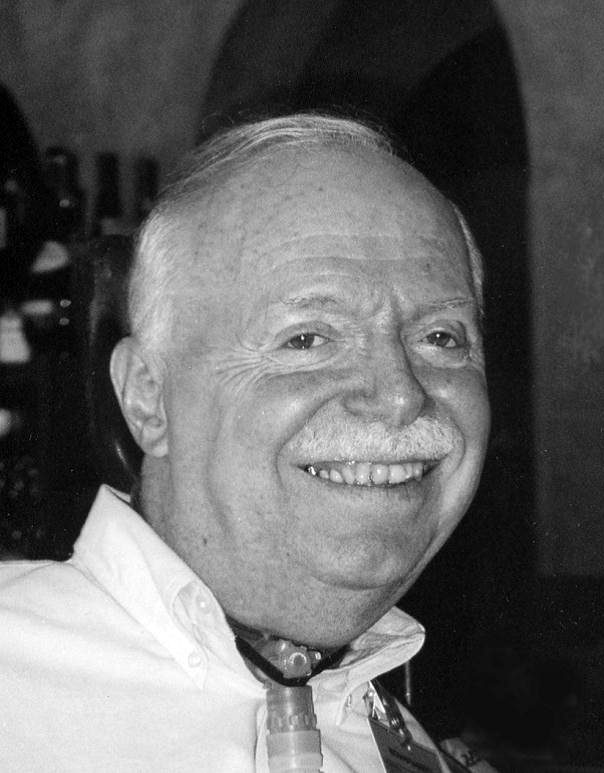Ernest W. Johnson, MD
Returning from 34 months in the southeast Pacific as a GI to my home in Akron, Ohio, I was entitled to four calendar years of a university education funded by the GI bill. I enrolled at The Ohio State University (OSU) and while rooming with a high school friend who was completing his last year of medical school, was given advice-- after joining him on several clinical rotations--to finish the pre-med requirements and use up the educational entitlement in medical school. I did!
Read More…
 Lauro S. Halstead, MD
Lauro S. Halstead, MD
This is the story of my personal journey to learn more about nutrition. The path I followed and what I discovered along the way are specific to my body, my nutritional needs and my disability.
Read More…
 Anne K. Gross, PhD
Anne K. Gross, PhD
On the evening of November 3, 1928, three year old Carol Rosenstiel, her braces hidden under her pant trousers, her wooden crutches digging into her underarms, stood on the platform of Grand Central Terminal in New York City, a huge suitcase by her side.
Read More…
 Excerpts from the autobiography Not Just Polio: My Life Story of Richard Lloyd Daggett, polio survivor and ventilator user:
Excerpts from the autobiography Not Just Polio: My Life Story of Richard Lloyd Daggett, polio survivor and ventilator user:
July, 1953
Read More…
David Cotcher
Breathing is fundamental to life. If we do not take in sufficient oxygen or get rid of carbon dioxide (CO2) it affects every part of our body. I had polio at about 18 months and at seven I started to have a curvature of my back that developed into a double curvature called kyphoscoliosis. As I grew my muscles were weaker on one side than the other causing my back and rib cage curvature. This restricts my lung volume.
Read More…
 Lauro S. Halstead, MD
Lauro S. Halstead, MD Anne K. Gross, PhD
Anne K. Gross, PhD Excerpts from the autobiography Not Just Polio: My Life Story of Richard Lloyd Daggett, polio survivor and ventilator user:
Excerpts from the autobiography Not Just Polio: My Life Story of Richard Lloyd Daggett, polio survivor and ventilator user: